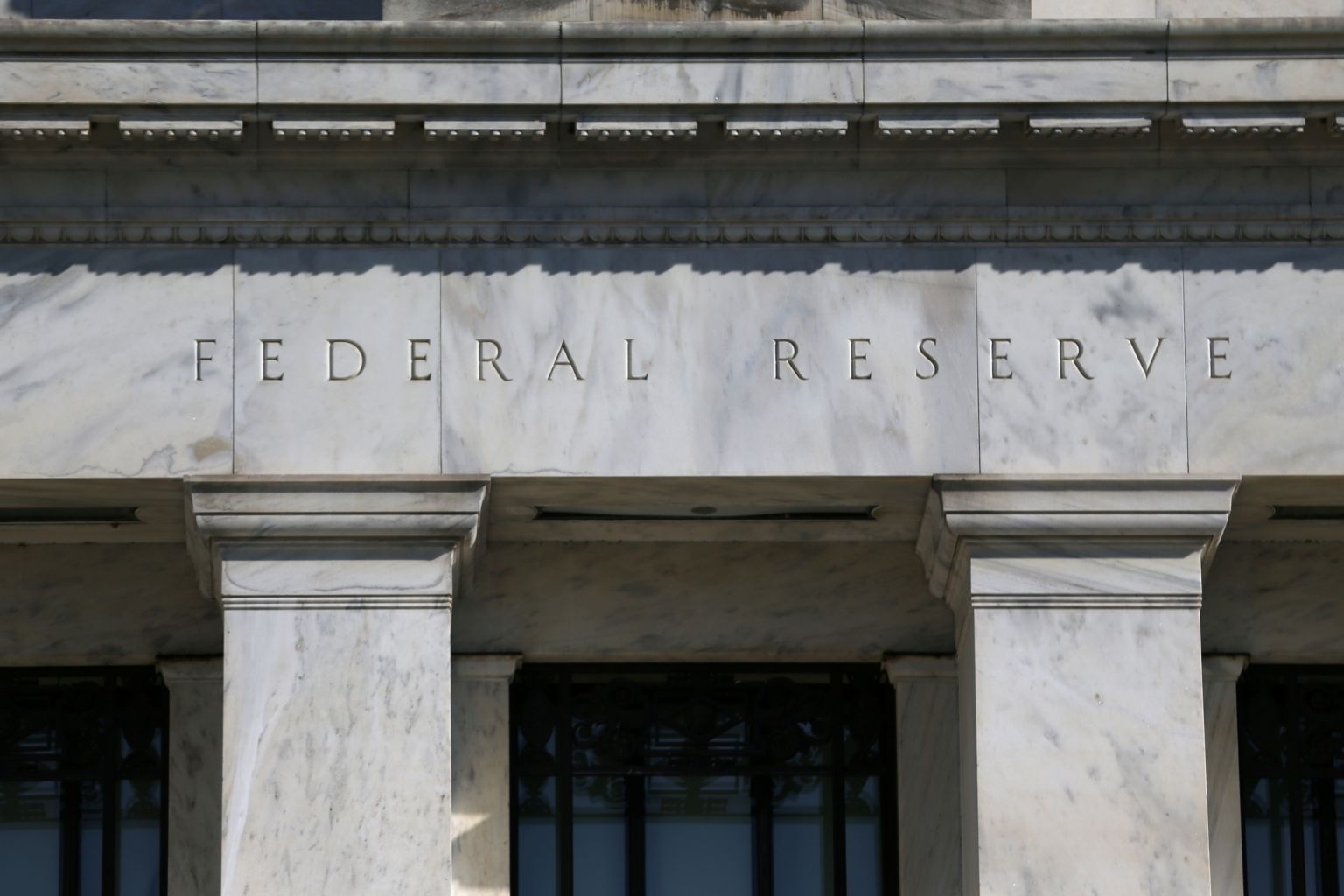No bottom in sight for Treasury yields after Fed 'bazooka' misfires
Sign up now: Get ST's newsletters delivered to your inbox

The Federal Reserve cut its main policy rate by a half-point in an emergency inter-meeting move on Tuesday.
PHOTO: REUTERS
Follow topic:
NEW YORK (BLOOMBERG) - There's no bottom in sight for US Treasury yields after the Federal Reserve's aggressive rate cut failed to quell fears that the coronavirus is wrecking the global economy.
Before Tuesday (March 3), the 10-year US government bond had never yielded less than 1 per cent. Once that historic level was breached, less than 30 minutes later, the rate was threatening 0.90 per cent - or half the amount it yielded at the end of 2019. Such is the new normal in the world's benchmark bond market, where anxiety has taken hold to a degree last seen during the 2008 financial crisis.
"There is some sense that the Fed is kind of shooting their bazooka off and might know something else, that this pandemic might get substantially worse in the US," said Mr Donald Ellenberger, a senior portfolio manager at Federated Investors. "This is a market that is simply being driven by fear."
The Fed cut its main policy rate by a half-point in an emergency inter-meeting move on Tuesday. It came barely two hours after Group of Seven finance chiefs said in a statement that they were ready to act, which also failed to alleviate concern in markets.
"The market was expecting a more coordinated and decisive response and not just one from the Fed," said Ms Solita Marcelli, deputy chief investment officer for the Americas at UBS Global Wealth Management. People "are overlooking that the Fed is being proactive and are focused on whether the Fed sees the impact on the economy from the virus as being worse" than most expect now, she added.
Following the Fed's emergency decision, a swoon in stock prices and sanguine comments from chairman Jerome Powell emboldened traders to bet on the risk of a major economic slowdown that triggers even more easing - possibly later this month. The Fed has a scheduled meeting on March 17-18.
The yields on benchmark 10-year notes sank as much as 25.9 basis points to 0.9043 per cent on Tuesday, though it rebounded to finish the day around 1 per cent. In a sign of deep concern about the growth outlook, the yield on 30-year inflation-linked Treasuries fell below zero for the first time.
The Fed chief acknowledged that the central bank does not have all the answers, adding that it would take a multi-faceted response from governments, healthcare professionals, central bankers and others to stem the human and economic damage from the virus.
"Powell didn't sound very upbeat, and is part of what is spooking markets," said Mr Roberto Perli, a partner at Cornerstone Macro and former Fed economist. "The driver of yields is also what the market expects the Fed to do, and they keep pulling expectations for the funds rate further down."
Yields on two-year Treasuries dropped as much as 28.1 basis points to 0.6223 per cent on Tuesday - still well above the record low of 0.14 per cent set in 2011. Overnight swaps are fully pricing in a 25-basis-point Fed cut later this month, with a total of 50 points seen by the end of June.
The Fed move followed public pressure for a cut by President Donald Trump, whose stewardship of the economy is central to his re-election campaign this year. After Tuesday's cut, Mr Trump called for more, tweeting that the Fed "must further ease and, most importantly, come into line with other countries/competitors. We are not playing on a level field. Not fair to USA".
Treasury yields slid as the pile of negative-yielding debt around the world continued to grow amid a worsening economic backdrop and mounting fears of a pandemic. And the list of strategists and investors warning that US government debt could join those abroad yielding less than zero is growing.
JPMorgan Chase's Mr Jan Loeys said the US is trapped in a scenario that will pull Treasury yields down toward zero or even below as soon as this year.
"The more you move with rate cuts, the faster you go down into the quicksand," Mr Loeys said. "The more medium-term issue is that the Fed is running out of ammunition and is spending it now. We see a 50-50 chance that we are at zero interest rates at the end of year - and then that's it."

